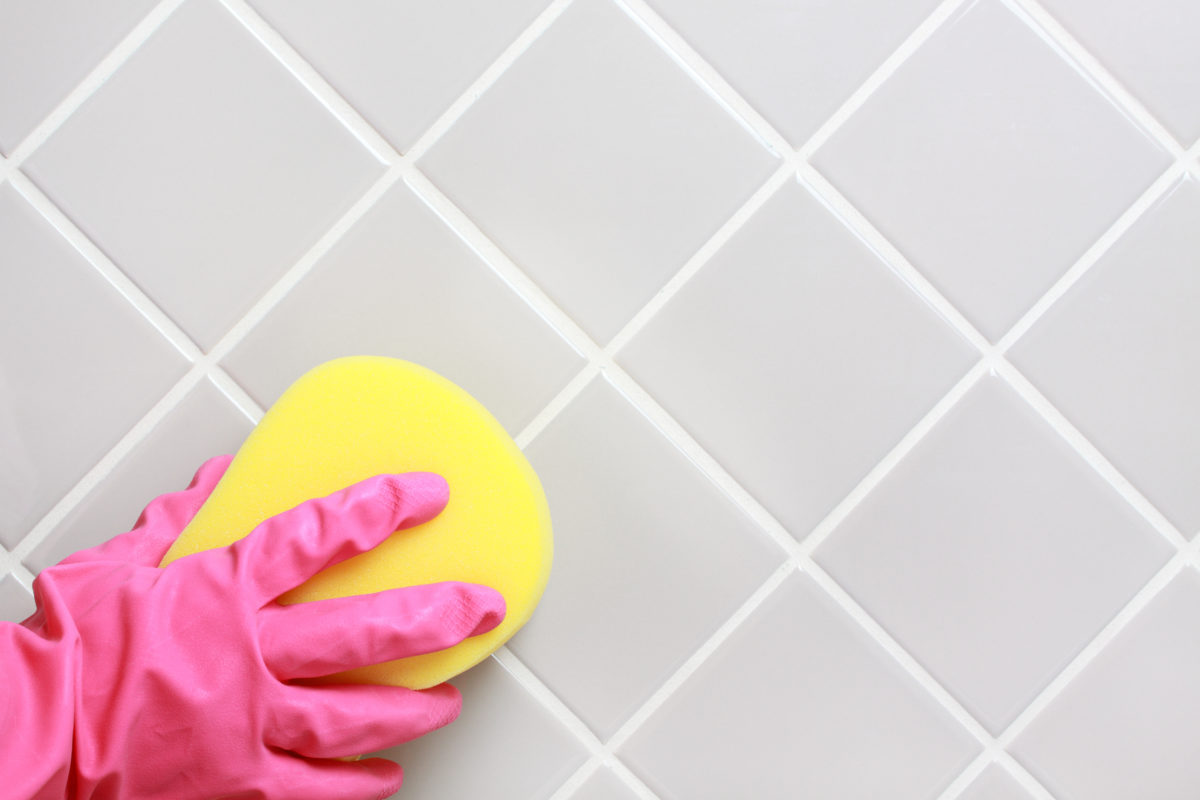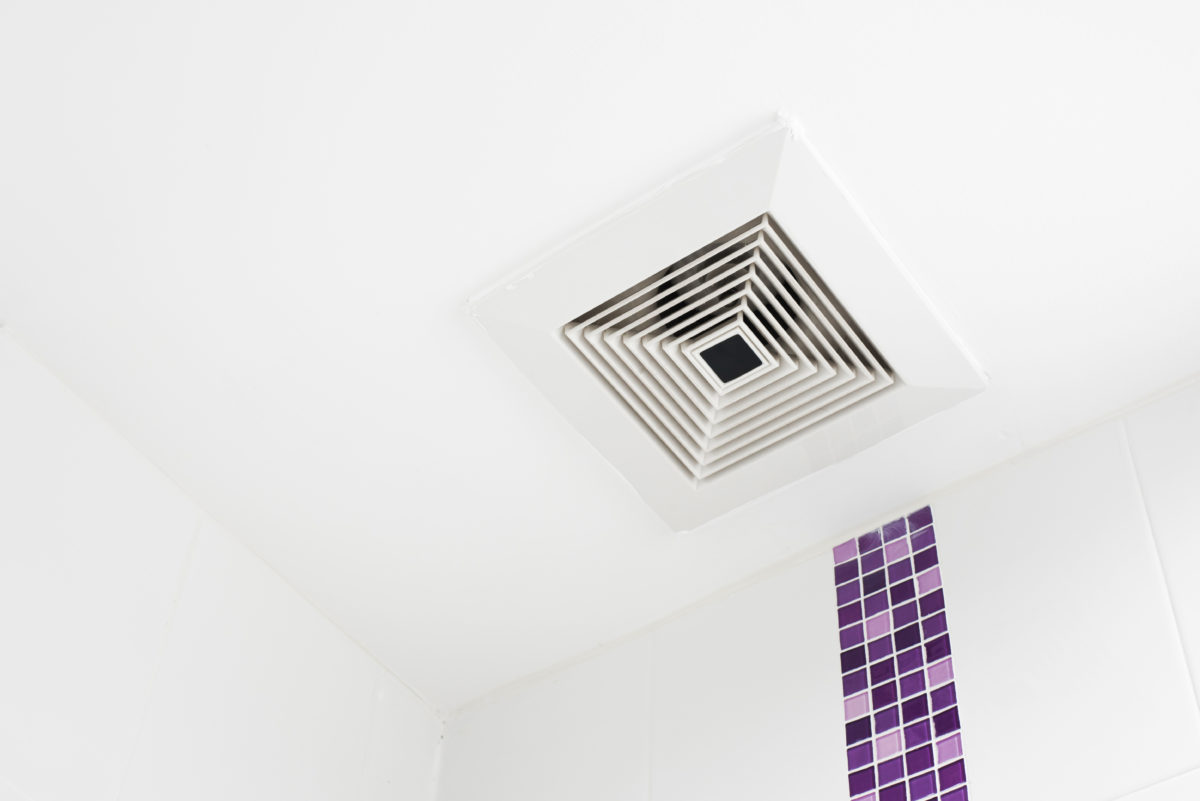Mould is a type of fungus that thrives on and grows in damp environments and spreads through the release of spores which travel through the air. When it lands in a moist place, it will grow. Outdoors, mould is not really a problem — but when it’s indoors, it’s really only great if it’s found on cheese rinds (and is edible).
Your bathroom is a common place for mould and mildew to build-up and spread because of the moisture in the air. You can tell if you have mould just by visually inspecting any damp, dark areas in your house, but you can also identify it by its musty, earthy smell. This poses some health risks, as mould can cause allergic reactions like coughing, sneezing, and wheezing, or even asthma attacks, all of which are bad for your respiratory system. Here’s how to take care of your bathroom to ensure your walls and shower remain mould-free.
Clean and Replace Your Caulking/Grout

Re-sealing the grout or sealant between your tiles in your shower and bathtub every year (or more, if you notice a lot of cracks or already have mould) is one way of preventing mould from spreading. This ensures the space between your tiles remains waterproof on a regular basis and keeps mould and mildew out.
Keeping your tiles and sealant in good condition is important, so after you shower or take a bath, use a squeegee to remove excess water that collects on your tiles. Mould won’t grow on dry surfaces!
Of course, redoing your grout once a year doesn’t mean you should stop paying attention to your bathroom for the other 364 days. Scrubbing in between your tiles with a mixture of baking soda and bleach once every week or two will help keep your grout in good condition, and won’t allow mould to fester.
If you need help re-caulking or re-sealing your grout, connect with a specialist who can help you with exactly that.
Use Your Fan
 Your bathroom (and any room in your house, for that matter) should not feel like a rainforest when you walk in! A ceiling exhaust fan plays a big role in balancing the moisture levels in the air. Every time you take a shower or run a bath, turn your fan on so your bathroom doesn’t get too humid, and keep it running for 10-15 minutes after you’re done. Proper air ventilation and circulation prevents water from condensing in your shower, tub, or on your walls. If you don’t have a bathroom fan, open a window, install one, or buy a counter-top fan and use it when you shower. A dehumidifier will also help suck moisture out of the air, too.
Your bathroom (and any room in your house, for that matter) should not feel like a rainforest when you walk in! A ceiling exhaust fan plays a big role in balancing the moisture levels in the air. Every time you take a shower or run a bath, turn your fan on so your bathroom doesn’t get too humid, and keep it running for 10-15 minutes after you’re done. Proper air ventilation and circulation prevents water from condensing in your shower, tub, or on your walls. If you don’t have a bathroom fan, open a window, install one, or buy a counter-top fan and use it when you shower. A dehumidifier will also help suck moisture out of the air, too.
If you are running your fan on the regular, and you are still having issues with mould, you could have a problem with the fan. Hold a tissue up to the vent, and if it sticks, then it’s working! If not, or if you don’t think the fan is powerful enough, connect with a pro who specializes in bathroom fans who can get yours working properly.
Seeing Spots?

Mould comes in a variety of colours like yellow, green, pink, white, brown, and black. Regardless of the colour, however, if you see spots or areas of growth on your walls or tiles, you should have it removed. Check hidden areas like under your sink and your cabinets; spongy areas like your bath mat and loofahs; and even the walls or ceiling underneath your bathroom, to see how far it has spread.
Mould is dangerous so you should not attempt to remove it yourself. Your best bet is to connect with a mould removal specialist. They will have the proper tools, chemicals and knowledge to safely treat your home and remove the mould from it.
It’s important to get into the habit of regularly cleaning your bathroom (not just when you are expecting company) because it helps keep you and your home healthy. If you need help dealing with mould in your bathroom or want to prevent it, be sure to connect with mould specialists on HomeStars.
Article updated May, 2020.
